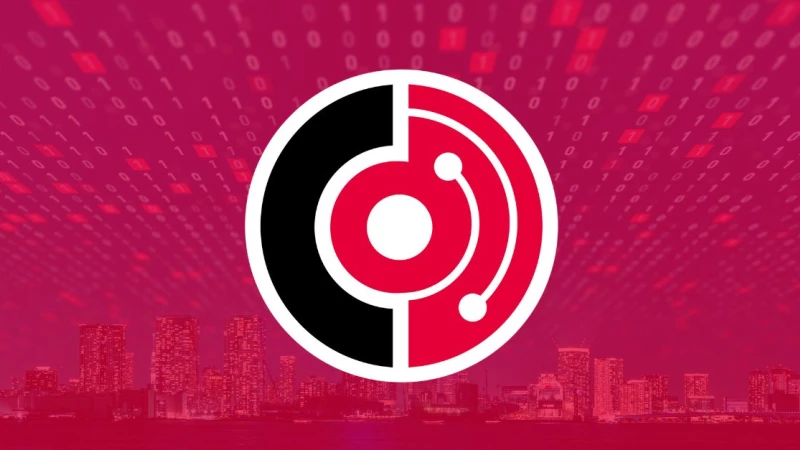
Team82 recently discovered three new Windows-based vulnerabilities in B&R Automation Studio, an integrated industrial automation software environment that supports a wide range of operational technology (OT) functions, including controls, human machine interfaces (HMIs), and safety. B&R Automation Studio is used globally, particularly among chemical, energy, and critical manufacturing companies.
The discovered vulnerabilities relate specifically to the product's update service, require a low level of skill to exploit, and can be leveraged through remote code execution. After being notified by Claroty, B&R Automation issued patches for these vulnerabilities, as well as a US-CERT advisory.
B&R Automation says it has not found evidence indicating any of the vulnerabilities discovered by Claroty have been used maliciously. That being said, Preminger and Anikster's findings provide an illustrative example of how an attacker can leverage software vulnerabilities to exploit computers used for engineering work within an OT environment.
The specific nature of the vulnerabilities uncovered by Claroty are as follows:
Improper privilege management (CVE-2019-19100): This privilege escalation vulnerability could allow authenticated users to delete arbitrary files via an exposed interface.
Missing required cryptographic step (CVE-2019-19101): This missing security communication definition, which leads to incomplete TLS encryption and validation, can enable unauthenticated users to perform man-in-the middle (MITM) attacks via the B&R upgrade server.
Path traversal (CVE-2019-19102): This directory traversal vulnerability in SharpZipLib, also known as a "zip slip," allows unauthenticated users to write to certain local directories.
According to Preminger, an attacker could combine the missing required cryptographic step with the path traversal vulnerability to intervene during a software update, conduct a MITM attack, and install their own malicious code within a victim's network. Leveraging these vulnerabilities, a threat actor could conduct a DNS cache poisoning attack against computers within an OT network while posing as the B&R update server to avoid detection.
In a DNS cache poisoning attack, also known as DNS spoofing, an adversary diverts traffic to a malicious destination while altering DNS records to create the impression of normal, legitimate activity. "This attack is based on hijacking a domain, which becomes much easier if the attacker has gained access to a closed ICS network," Preminger explained in a recent interview with SecurityWeek. "Often, there are no DNS servers to respond to the client. Windows will fallback to local discovery protocols, which are easier to deceive."
B&R Automation recommends applying product updates at the earliest convenience and has provided several workaround mitigations for users unable to upgrade immediately.
To learn more about how Claroty can help your team discover and mitigate vulnerabilities within your OT environment, request a demo.

CWE-79 IMPROPER NEUTRALIZATION OF INPUT DURING WEB PAGE GENERATION ('CROSS-SITE SCRIPTING')
The affected product is vulnerable to a reflected cross-site scripting vulnerability, which could allow a remote attacker to execute arbitrary JavaScript on the victim's browser.
Zenitel recommends users to upgrade to Version 9.3.3.0 or later.
CVSS v3: 9.8
CWE-787 OUT-OF-BOUNDS WRITE
The affected product is vulnerable to an out-of-bounds write vulnerability, which could allow a remote attacker to crash the device.
Zenitel recommends users to upgrade to Version 9.3.3.0 or later
CVSS v3: 7.6
CWE-78 IMPROPER NEUTRALIZATION OF SPECIAL ELEMENTS USED IN AN OS COMMAND ('OS COMMAND INJECTION')
An OS command injection vulnerability exists due to incomplete validation of user-supplied input. Validation fails to enforce sufficient formatting rules, which could permit attackers to append arbitrary data. This could allow an unauthenticated attacker to inject arbitrary commands.
Zenitel recommends users to upgrade to Version 9.3.3.0 or later
CVSS v3: 9.8
CWE-78 IMPROPER NEUTRALIZATION OF SPECIAL ELEMENTS USED IN AN OS COMMAND ('OS COMMAND INJECTION')
An OS command injection vulnerability exists due to insufficient sanitization of user-supplied input. The application accepts parameters that are later incorporated into OS commands without adequate validation. This could allow an unauthenticated attacker to execute arbitrary commands remotely.
Zenitel recommends users to upgrade to Version 9.3.3.0 or later.
CVSS v3: 9.8
CWE-78 IMPROPER NEUTRALIZATION OF SPECIAL ELEMENTS USED IN AN OS COMMAND ('OS COMMAND INJECTION')
An OS command injection vulnerability exists due to improper input validation. The application accepts a parameter directly from user input without verifying it is a valid IP address or filtering potentially malicious characters. This could allow an unauthenticated attacker to inject arbitrary commands.
Zenitel recommends users to upgrade to Version 9.3.3.0 or later
CVSS v3: 9.8